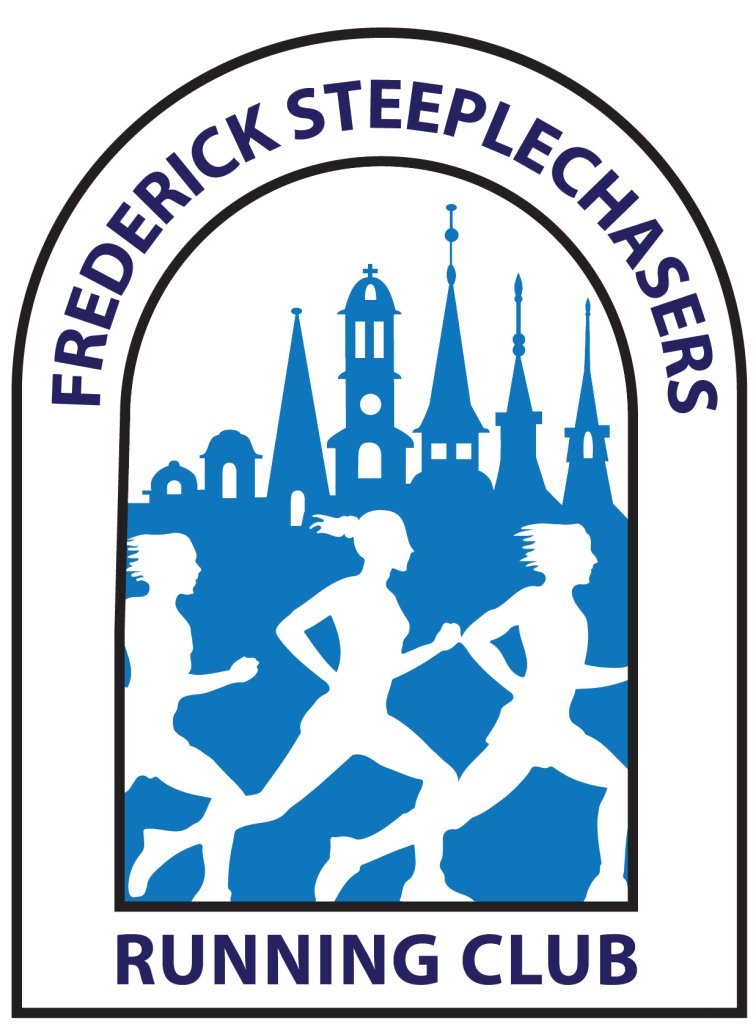by Nicole Davis, DPT
I am a “take-my-time-and-enjoy-the-scenery” type of runner. I can run to that finish line 50 kilometers away; I’m just not going to get there particularly quickly. I’m okay with this, and enjoy the journey anyway. The problem arises when I’m trying to find a training plan for that 50k race.
Training plans are generally based on miles – 3 miles on Monday, 5 miles on Wednesday, 10 miles on Saturday, etc. Occasionally you find plans differentiated by experience – beginner, intermediate, advanced – with advanced plans including more mileage and more intense workouts. But generally, training plans never consider the comfortable running pace of the runner. This is, however, a very important metric. Time on your feet matters, particularly if you are in the “take-my-time-and-enjoy-the-scenery” club! And not just because we struggle to find enough time to get the mileage in at our much slower pace. The explanation of why requires a little math, or at least trusting my math and skipping straight to the conclusions.
The human body seems to be tuned to be most efficient running at about 180 steps per minute. This does vary somewhat, but most runners range between 160 to 180 steps per minute. You might think that faster runners tend towards 180 while slower runners tend towards 160, but this doesn’t seem to be true. If we know how many steps we take per minute, and how many minutes we take to run a mile, we can do a little math and figure out how many steps we take in a mile.
(steps per minute) x (minutes per mile) = steps per mile
For example, an 8:00 minute miler would take:
(180 steps per minute) x (8 minutes per mile) = 1440 steps per mile.
Figure 1: Steps taken in various race distances by different paced runners, assuming an equal cadence of 180 steps per minute.
|
Looking at Figure 1, where I’ve done the math for you, in a one-mile run, a 12:00 minute miler takes 720 steps more than an 8:00 minute miler, not enough of a difference to really matter. Even at the 5k distance, the difference isn’t that significant. However, once we get to the half marathon, and definitely the marathon distance and beyond, the 12:00 minute miler is taking considerably more steps to cover the distance than the 8:00 minute miler!
Why do we care? With each running step, the body sees an impact force of about 3 times our body weight. So, if you weigh 150 pounds, a 450-pound force travels up your leg and into your body with each step you take. Faster runners are not necessarily better at gliding over the ground than slower runners. Gliders and pounders come at all paces. If you are a “take-my-time-and-enjoy-the-scenery” type runner, taking an additional 20,000 steps during a marathon, with each step being 3 times your body weight, that is a lot of extra impact on your body.
But we don’t just run a marathon. We first spend weeks training for a marathon. A runner following a typical training plan will run approximately 420 miles. Doing a little more math:
Over the course of a marathon training program, a 12:00 minute miler will take over 300,000 more steps than an 8:00 minute miler!
That is a LOT of additional impact on the body.
For those of us who are “take-my-time-and-enjoy-the-scenery” type runners, we need to consider this very carefully before jumping into training for marathon and longer distances. This doesn’t mean we shouldn’t run marathons or ultras. It just means we shouldn’t be following the same training plan as the faster runner. We need to plan in extra recovery time to compensate for the fact that we are experiencing more total impact on our bodies. Traditional training plans tend to build for 3 weeks then have a recovery week of lower mileage. Our training plans may need to build for 2 weeks then have a recovery week, particularly in the last weeks when mileage is higher. Low-impact cross training and strength training are important tools to improve overall fitness and fatigue resistance, while decreasing overall time on our feet. Our training plans will likely have fewer miles per week than a faster runner simply because most of us have limited time to run. We can compensate for fewer miles by running one workout a week with a little more intensity – adding hills, or fartleks, for example. The quality of the miles we run matters far more than the quantity. With fewer miles, training consistency is key to maintaining progress toward our goal. A 50-mile-per-week runner has a little more room to skip a run occasionally than a 25-mile-per-week runner.
So take your time, enjoy the scenery while you run. Take a few pictures of the cool things you see along the way. Say hi to the race volunteers and enjoy the aid-station buffet. Just remember that your journey to the finish line needs to be a little different if you want to get there happy and healthy.
Nicole Davis, DPT is a biomechanical engineer turned physical therapist, specializing in running injury prevention and management. She is also an RRCA certified running coach, coaching both youth and adult distance runners.

